Open Journal of Chemistry
Reclamation of wastewater polluted with antihypertensive drug residues by the biological+solar-photocatalytic sequential treatment plant
Marina Aliste1,2, Gabriel Pérez-Lucas1, Abderrazak El Aatik1, Virginia Hernández2, Ginés Navarro1, José Fenoll2 and Simón Navarro1*
2Sustainability and Quality Group of Fruit and Vegetable Products, Murcia Institute of Agricultural and Environmental Research and Development, C/ Mayor s/n. La Alberca, 30150, Murcia, Spain
Cite this as
Aliste M, Pérez-Lucas G, Aatik AE, Hernández V, Navarro G, et al. (2023) Reclamation of wastewater polluted with antihypertensive drug residues by the biological+solar-photocatalytic sequential treatment plant. Open Journal of Chemistry 9(1): 001-005. DOI: 10.17352/ojc.000030Copyright
© 2023 Aliste M, et al. This is an open-access article distributed under the terms of the Creative Commons Attribution License, which permits unrestricted use, distribution, and reproduction in any medium, provided the original author and source are credited.The quality of polluted wastewater processed by conventional Wastewater Treatment Plants (WWTPs) is in some cases insufficient to reach the degree of purity required. Pharmaceuticals are frequently identified in the aquatic environment, owing to their constant release from WWTPs. Thus, in recent years, they are cataloged as pseudo-persistent pollutants having been recognized as potentially harmful to public health and environmental concern. This work has focused on the removal of 3 antihypertensive pharmaceuticals (furosemide, irbesartan, and valsartan) from aqueous waste solutions using a sequential biological-photocatalytic (TiO2/Na2S2O8) treatment under natural sunlight. Pharmaceutical residues were isolated from water by solid phase extraction (SPE) and analyzed by HPLC-QqQ-MS2. Biodegradation was greater than 65% and 70% for irbesartan and furosemide, respectively, while valsartan was highly biodegradable (> 96%). Next, photocatalytic treatment was applied and just 200 kJ m-2 was required to remove 90 % of micropollutants residues from the effluent. Therefore, the coupling of biological treatment to solar heterogeneous photocatalysis constitutes a valuable instrument to detoxify polluted wastewater.
Introduction
Numerous studies recently published have drawn attention to the occurrence in different aquatic environments, including wastewater (WW), of a large variety of compounds of anthropogenic origin from urban, agricultural, and industrial sources identified in low levels (ng L-1 to µg L-1) [1-3]. They are called emerging pollutants (EPs) or contaminants of emerging concern (CECs), which include their transformation products. They lack regulatory evaluation and their impacts on the environment and human health are inadequately studied [4,5]. Among them, pesticides, personal care products, pharmaceuticals, lifestyle compounds, drugs of abuse, industrial additives, and/or by-products among others have been usually detected in WW worldwide over the last years [6]. Specifically, pharmaceuticals are frequently identified at high-level concentrations in the aquatic environment, probably due to their incessant release from WWTPs, which is significantly faster than their removal rates [7-9]. Many of them have high persistence in water which lays pressure on WWTP for their effective removal. The levels of pharmaceuticals (antibiotics, analgesics, beta-blockers, legal drugs, etc.) in the environment have begun to be checked and accepted as harmful to ecosystems generating a public health concern as environmental micropollutants in recent years.
Concretely, antihypertensive medications are used to treat hypertension and heart failure among others. They could act as thiazide diuretics, angiotensin receptor blockers, β-blockers, calcium channel blockers, and vasodilators [10]. Furosemide (diuretic) is 50% excreted in urine and irbersartan and valsartan (angiotensin receptor blockers) are recovered unchanged both in urine (20% and 10%, respectively) and feces (80% and 66%, respectively) [11]. Considering that, even though 26% of the world population suffers from hypertension, only one in five people has adequate control of the disease through medication [10]. This means that more than 5% of the world population consumes antihypertensive drugs that end up putting pressure on WWTP.
Although conventional WWTPs can remove efficiently some EPs, they are not intended to remove them at low concentrations or are ineffective in their elimination [12]. Therefore, upgrading the treatment processes of WWTPs could further reduce the environmental release of EPs. In this context, Advanced Oxidation Processes (AOPs) are the most explored in the last years to remove EPs from WW, although they have not yet been implemented on a full-scale [13,14]. AOPs have gained great interest and their applications have been recently expanded, especially solar heterogeneous photocatalysis. Among various semiconductor materials, TiO2 is the most widely studied for environmental applications mainly due to its non-toxicity, photostability, biological and chemical inertness, resistance to corrosion, availability, and chemical and thermal stability [15]. On the other hand, sulfate radical-based processes (SO4•--AOPs) have been achieving attention as an operative tool to eliminate different emerging pollutants in water [16]. These technologies are particularly interesting in areas characterised by intensive agriculture and specific climatic pattern, where annual solar radiation levels are very high, and water is scarce. In addition, the use of sunlight, a renewable and cost- free source of energy makes the process very attractive, especially in areas that receive a large number of hours of sunshine per year [17]. Therefore, there is a clear need to solve this problem through innovative and environmentally friendly technologies developed in WWTPs to efficiently remove Eps [18].
Bearing in mind the above-mentioned, this study was aimed to assess the removal of 3 antihypertensive pharmaceutical residues (furosemide, irbesartan, and valsartan) from WW solution. Thus, we have used a coupled biological-(solar) photocatalytic (TiO2/Na2S2O8) plant placed in a semiarid area like Murcia (SE of Spain) characterized by an important water insufficiency but receiving more than 3,000 h of sunshine per year where more than 96% of the reclaimed water is used by farmers for crop irrigation.
Materials and methods
Pharmaceuticals and reagents
Analytical standards of pharmaceuticals with a purity > 95% were acquired from Fagron Ibérica (Barcelona, Spain). Table 1 shows their structures and main physico-chemical properties. CH3CN, H2O (HPLC-grade), Na2S2O8, and NaCl, all with a purity > 98% were provided by Scharlab (Barcelona, Spain). Titanium dioxide (TiO2, 99.5%, BET 55 m2 g-1, size < 21 nm) Aeroxide® P25 was supplied by Nippon Aerosil Co Ltd. (Osaka, Japan).
Experimental setup
The trials were conducted using a coupled biological-photocatalytic facility located in a sunny space (coordinates 38°1’15’’ N and 1°9’56’’ W) of Torre Pacheco (Murcia, SE Spain) during spring 2021 and 2022. A schematic drawing of the sequential devices is shown in Figure 1. The water used in this work was stored from the Tagus-Segura Water Transfer, which was spiked with antihypertensive pharmaceuticals (about 50 µg L-1) from commercial formulations.
The WW was firstly subjected to primary (physical) and secondary treatment by biological oxidation in a modular WWTP AT-8 (AugustSpain, Alicante, Spain) that uses VFL® (Vertical Flow Labyrinth) technology. Previously, there is a mechanical pre-treatment for filtering impurities and large residues. The polluted influent flows through different anaerobic and aerobic stages. Firstly, it enters the oxygen-free biological treatment chamber (anaerobic) where the activated sludge is constantly recirculated with the Air-Lift system, uniformly dosed and stabilized without generating odors. The activated sludge and water mixture flows towards the denitrification zone and the oxygen treatment chamber (aerobic), and the air is injected through a diffuser, in the form of small bubbles that accelerate the purification process. Later, it flows to the decanter, where the sludge moves to the bottom by gravity to be subsequently recirculated and separated from the treated water, which flows into a water reservoir. Different influent and effluent water samples were taken (n = 24) during the treatment.
Afterward, a tertiary treatment by solar photocatalysis with TiO2/Na2S2O8 was applied to the effluent in a pilot plant consisting of five open reaction tanks (1,200 L) connected to water storage containers and ultrafiltration membrane system as previously described by Kushniarou, et al. [20]. The solar photocatalytic treatments (n=5) were carried out in a total treated volume of approximately 5,000 L of secondary treatment effluent. TiO2 (200 mg L-1) and Na2S2O8 (200 mg L-1) were added to each reaction tank, and different samples were taken during the photoperiod measuring the irradiance (W m-2) with a photo radiometer (Skye Instruments LTD, Powys, UK).
Analytical determinations
Pharmaceutical residues were isolated by Solid Phase Extraction (SPE) and analyzed by high-performance liquid chromatography (HPLC) coupled to a triple quadrupole mass spectrometer (QqQ-MS2), operating in electrospray ionization (ESI) negative ion mode for furosemide and positive for irbesartan and valsartan according to the method proposed by Pérez-Lucas, et al. [21]. Dissolved organic carbon (DOC) content was determined by means of a TOC Analyzer (AG, Jena, Germany) after filtering de samples through a nylon filter (0.45 µm).
Results and Discussion
The elimination of the compounds studied during the mechanical treatment was insignificant in all cases. Pollutants can suffer sorption onto lipid fraction and particles surface of the sludge [12]. However, the studied compounds did not suffer these processes due to irrigation water from Tagus-Segura Water Transfer (TSS: 1-2 mg L-1 and DOC = 3- 4 mg L-1) being used to simulate WW. Table 2 shows the residual levels of pharmaceuticals detected in the influent and effluent after primary and secondary treatment during both years, as well as the main physic-chemical parameters of them. The removal efficacy (RE) of the pharmaceuticals was estimated considering their respective concentrations in both, influent [CI] and effluent [CE], according to the following relation:
CI values ranged from 27-33 µg L-1 (furosemide), 38-60 µg L-1 (irbesartan) and 27-36 µg L-1 (valsartan). Significant removal of pharmaceuticals was observed after biological treatment. Furosemide (70% - 74%) and irbesartan (65% - 66%) showed medium biodegradability (35% - 75%), while more than 96% of the amount for valsartan in the effluent was removed and, consequently, it can be considered as highly biodegradable (≥ 75%). The biodegradation of pharmaceuticals follows two different processes: co-metabolism and competitive mechanism. A co-metabolic pathway requires a primary substrate for biomass growth. Concerning competitive mechanisms, both the primary and non-primary substrates compete for the active sites on the biomass. Despite obtaining a high removal of pharmaceuticals by primary and secondary treatments, the effluent water was not completely clean of them. Consequently, a tertiary treatment such as solar heterogeneous photocatalysis is required [22].
Therefore, tertiary treatment (solar photocatalysis) was applied to the effluent whose initial levels of pharmaceutical residues ranged from 7.8-8.5 µg L-1 to 13.2-21.0 µg L-1 for furosemide and irbesartan, respectively. The evolution of pharmaceutical residues during the photocatalytic treatments carried out was studied as a function of accumulated fluence (H = dE/dA; i.e., the radiant energy collected by a surface per unit area, kJ m-2), where the photo-oxidation follows a pseudo-first-order kinetics according to the following equation [23]:
CH = C0• e-kap•∙H or ln(C0/CH) = kapp•H → ln (1-X) = kapp•H
where kap is the apparent reaction rate constant, C0 is the initial concentration of the pollutant and CH is the residual concentration of the pollutant at fluence H. In that way, fluence units are transferrable between distinct studies. Thus, the fluence needed for X% of pharmaceuticals to degrade from WW can be determined as follows:
R2 values were > 0.91 and the standard error of estimation (Sy/x) was 0.1, in the most unfavorable case. Although the concentration of all pharmaceuticals was low, as many micropollutants, they all degraded rapidly since the fluence needed to obtain 90% degradation (H90) was < 200 kJ m-2 (< 3 days). Consequently, small irradiation of a free and renewable energy source makes solar heterogeneous photocatalysis an interesting tool for the removal of these pharmaceuticals from secondary effluents. Because of the mineralization of the pharmaceuticals studied, a reduction in the DOC content was quantified during the experiments.
Conclusion
As a result of this research, solar-driven photocatalysis is offered as a hopeful technology to be integrated as a tertiary treatment in WWTP to remove recalcitrant micropollutants for WW remediation. This performance could be interesting for water reuse in crop irrigation, mainly in areas with water shortage but receiving lots of hours of sunshine per year as the Mediterranean basin.
The authors are grateful to the Ministry of Science and Innovation of Spain for financial support (Project PID2019-106648RB-I00/AEI/10.13039/501100011033) in the framework of the State Programs of Generation of Knowledge and Scientific and Technological Strengthening oriented to the Challenges of Society.
Author contributions
All authors contributed equally to the writing of this paper. All authors read and approved the final manuscript.
- Liu G, Hyötyläinen T, Falandysz J. Toxicology and Environmental Characteristics of emerging pollutants. Ecotoxicol Environ Saf. 2019 Oct 15;181:264. doi: 10.1016/j.ecoenv.2019.06.020. Epub 2019 Jun 12. PMID: 31200199.
- Archer E, Petrie B, Kasprzyk-Hordern B, Wolfaardt GM. The fate of pharmaceuticals and personal care products (PPCPs), endocrine disrupting contaminants (EDCs), metabolites and illicit drugs in a WWTW and environmental waters. Chemosphere. 2017 May;174:437-446. doi: 10.1016/j.chemosphere.2017.01.101. Epub 2017 Jan 26. PMID: 28187390.
- Wilkinson J, Hooda PS, Barker J, Barton S, Swinden J. Occurrence, fate and transformation of emerging contaminants in water: An overarching review of the field. Environ Pollut. 2017 Dec;231(Pt 1):954-970. doi: 10.1016/j.envpol.2017.08.032. Epub 2017 Sep 25. PMID: 28888213.
- Deblonde T, Cossu-Leguille C, Hartemann P. Emerging pollutants in wastewater: a review of the literature. Int J Hyg Environ Health. 2011 Nov;214(6):442-8. doi: 10.1016/j.ijheh.2011.08.002. Epub 2011 Aug 31. PMID: 21885335.
- Parida VK, Saidulu D, Majumder A, Srivastava A, Gupta B, Gupta AK. Emerging contaminants in wastewater: A critical review on occurrence, existing legislations, risk assessment, and sustainable treatment alternatives. Journal of Environmental Chemical Engineering. 2021; 9: e105966.
- Tang Y, Yin M, Yang W, Li H, Zhong Y, Mo L, Liang Y, Ma X, Sun X. Emerging pollutants in water environment: Occurrence, monitoring, fate, and risk assessment. Water Environ Res. 2019 Oct;91(10):984-991. doi: 10.1002/wer.1163. Epub 2019 Jul 6. PMID: 31220374.
- Kummerer K. Pharmaceuticals in the environment. Annual Review of Environment and Resources. 2010; 35: 57-75.
- de Oliveira M, Frihling BEF, Velasques J, Filho FJCM, Cavalheri PS, Migliolo L. Pharmaceuticals residues and xenobiotics contaminants: Occurrence, analytical techniques and sustainable alternatives for wastewater treatment. Sci Total Environ. 2020 Feb 25;705:135568. doi: 10.1016/j.scitotenv.2019.135568. Epub 2019 Dec 6. PMID: 31846817.
- Khasawneh OFS, Palaniandy P. Occurrence and removal of pharmaceuticals in wastewater treatment plants. Process Safety and Environmental Protection. 2021; 150: 532-556.
- Tackling G, Borhade MB. (Eds.) Hypertensive Heart Disease, In: StatPearls [Internet]. Treasure Island (FL): StatPearls Publishing. 2022.
- Wishart DS, Feunang YD, Guo AC, Lo EJ, Marcu A, Grant JR, Sajed T, Johnson D, Li C, Sayeeda Z, Assempour N, Iynkkaran I, Liu Y, Maciejewski A, Gale N, Wilson A, Chin L, Cummings R, Le D, Pon A, Knox C, Wilson M. DrugBank 5.0: a major update to the DrugBank database for 2018. Nucleic Acids Res. 2018 Jan 4;46(D1):D1074-D1082. doi: 10.1093/nar/gkx1037. PMID: 29126136; PMCID: PMC5753335.
- Alvarino T, Suarez S, Lema J, Omil F. Understanding the sorption and biotransformation of organic micropollutants in innovative biological wastewater treatment technologies. Sci Total Environ. 2018 Feb 15;615:297-306. doi: 10.1016/j.scitotenv.2017.09.278. Epub 2017 Oct 2. PMID: 28982079.
- Rout PR, Zhang TC, Bhunia P, Surampalli RY. Treatment technologies for emerging contaminants in wastewater treatment plants: A review. Sci Total Environ. 2021 Jan 20;753:141990. doi: 10.1016/j.scitotenv.2020.141990. Epub 2020 Aug 26. PMID: 32889321.
- Ribeiro AR, Nunes OC, Pereira MF, Silva AM. An overview on the advanced oxidation processes applied for the treatment of water pollutants defined in the recently launched Directive 2013/39/EU. Environ Int. 2015 Feb;75:33-51. doi: 10.1016/j.envint.2014.10.027. Epub 2014 Nov 15. PMID: 25461413.
- Fujishima A, Rao TN, Tryk DA. Titanium dioxide photocatalysis. Journal of Photochemistry and Photobiology C: Photochemistry Reviews. 2000; 1: 1-21.
- Guerra-Rodríguez S, Rodríguez E, Singh DN, Rodríguez-Chueca J. Assessment of sulfate radical-based advanced oxidation processes for water and wastewater treatment: A review. Water. 2018; 10: e1828.
- Shah MP. Advanced oxidation processes for effluent treatment plants. Elsevier Inc., Amsterdam, Netherlands. 2021.
- Vasilachi IC, Asiminicesei DM, Fertu DI, Gavrilescu M. Occurrence and fate of emerging pollutants in water environment and options for their removal. Water. 2021; 13: e181.
- NIH (2023). PubChem. an open chemistry database at the National Institutes of Health (NIH). Bethesda. MD. https://pubchem.ncbi.nlm.nih.gov.
- Kushniarou A, Garrido I, Fenoll J, Vela N, Flores P, Navarro G, Hellín P, Navarro S. Solar photocatalytic reclamation of agro-waste water polluted with twelve pesticides for agricultural reuse. Chemosphere. 2019 Jan;214:839-845. doi: 10.1016/j.chemosphere.2018.09.180. Epub 2018 Oct 4. PMID: 30308443.
- Perez‑Lucas G, El Aatik A, Aliste M, Navarro G, Fenoll J, Navarro S. Removal of contaminants of emerging concern from a wastewater effluent by solar‑driven heterogeneous photocatalysis: A case study of pharmaceuticals. Water Air & Soil Pollution. 2023; 234: e55.
- Rivera-Utrilla J, Sánchez-Polo M, Ferro-García MÁ, Prados-Joya G, Ocampo-Pérez R. Pharmaceuticals as emerging contaminants and their removal from water. A review. Chemosphere. 2013 Oct;93(7):1268-87. doi: 10.1016/j.chemosphere.2013.07.059. Epub 2013 Sep 8. PMID: 24025536.
- Liu B, Zhao X, Terashima C, Fujishima A, Nakata K. Thermodynamic and kinetic analysis of heterogeneous photocatalysis for semiconductor systems. Phys Chem Chem Phys. 2014 May 21;16(19):8751-60. doi: 10.1039/c3cp55317e. PMID: 24675975.
Article Alerts
Subscribe to our articles alerts and stay tuned.
 This work is licensed under a Creative Commons Attribution 4.0 International License.
This work is licensed under a Creative Commons Attribution 4.0 International License.
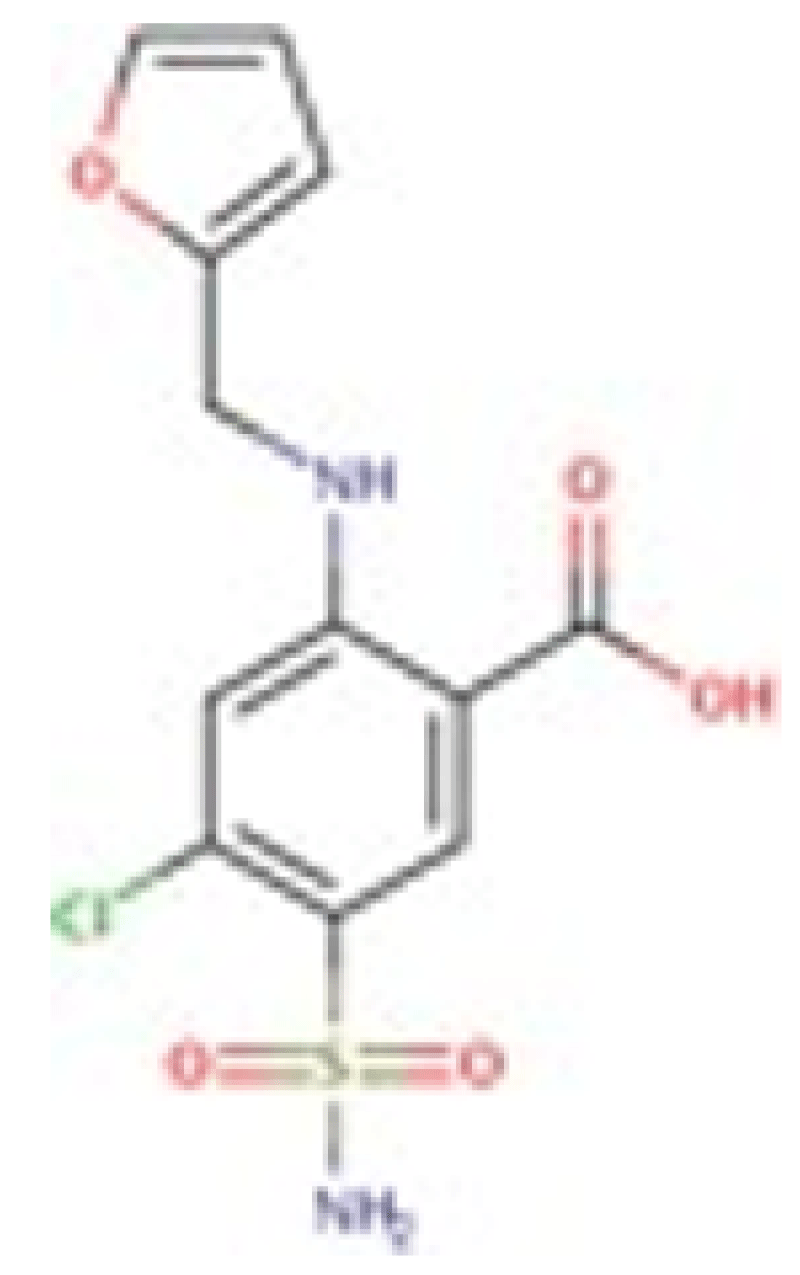
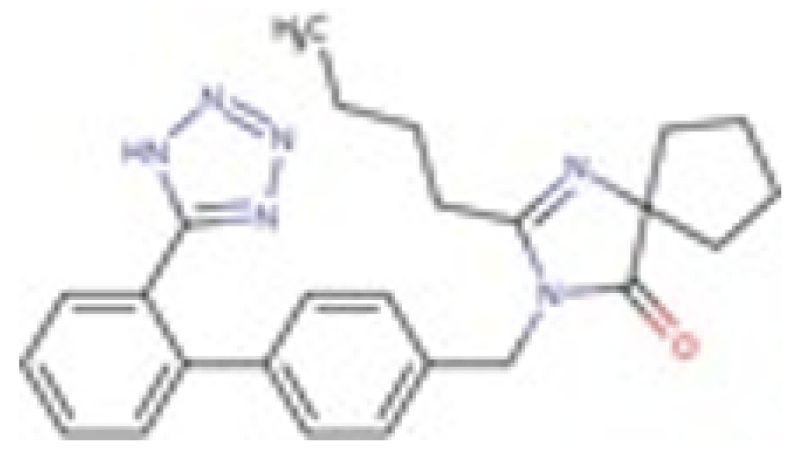
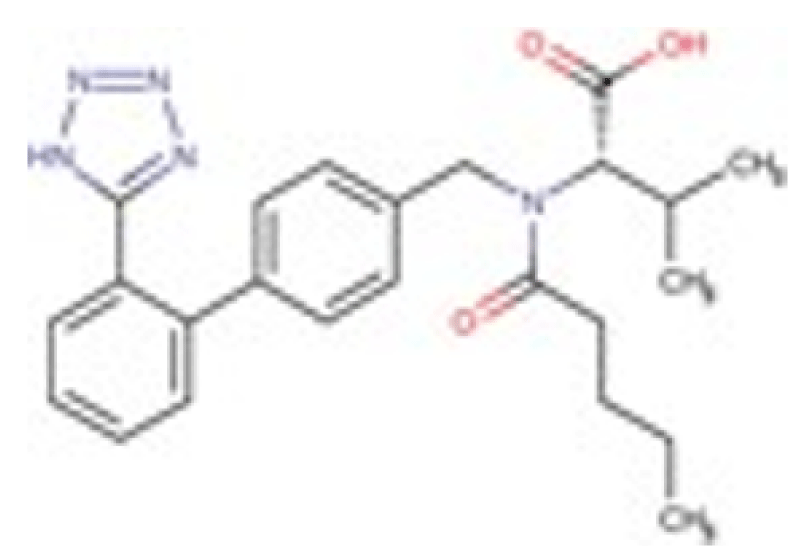
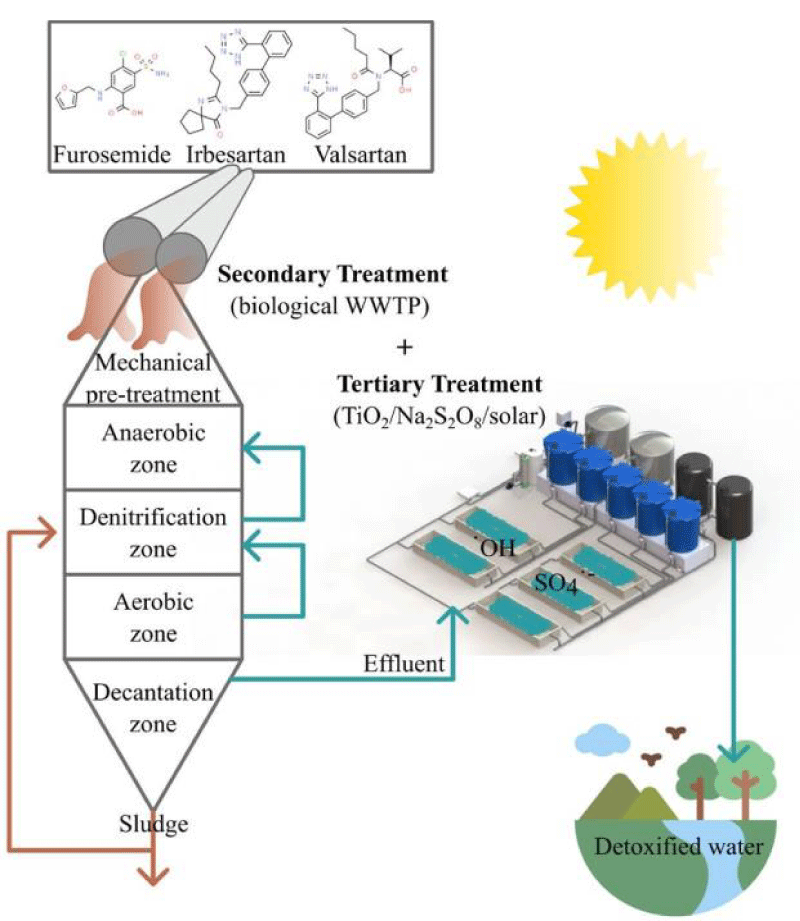

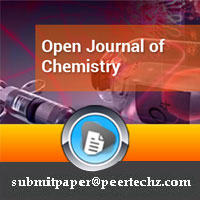
 Save to Mendeley
Save to Mendeley
